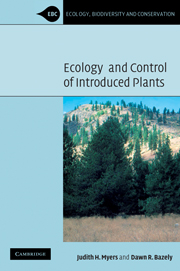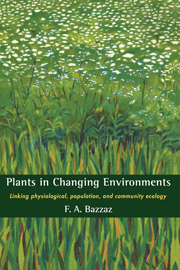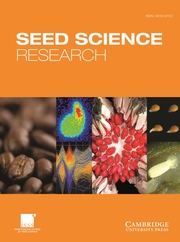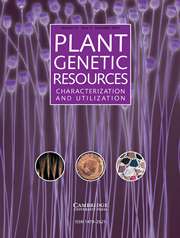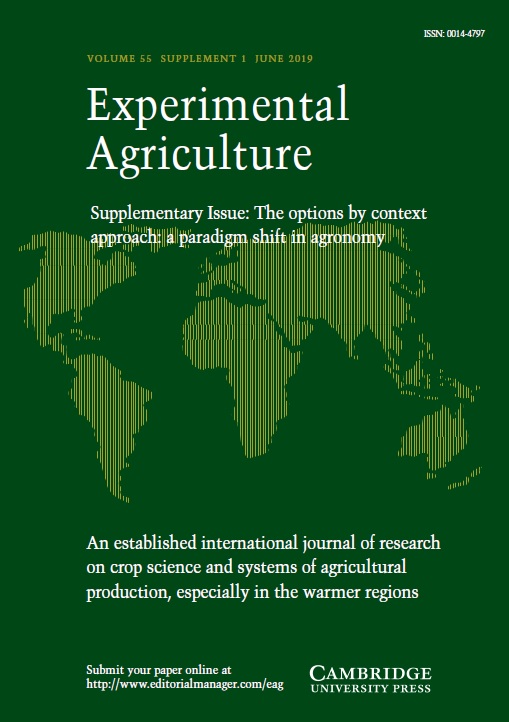Ecology and Control of Introduced Plants
The global spread of plant species by humans is both a fascinating large scale experiment and, in many cases, a major perturbation to native plant communities. Many of the most destructive weeds today have been intentionally introduced to new environments where they have had unexpected and detrimental impacts. This 2003 book considers the problem of invasive introduced plants from historical, ecological and sociological perspectives. We consider such questions as 'What makes a community invasible?', 'What makes a plant an invader?' and 'Can we restore plant communities after invasion?' Written with advanced students and land managers in mind, this book contains practical explanations, case studies and an introduction to basic techniques for evaluating the impacts of invasive plants. An underlying theme is that experimental and quantitative evaluation of potential problems is necessary, and solutions must consider the evolutionary and ecological constraints acting on species interactions in newly invaded communities.
- Covers the basics from plant population and community ecology to the societal constraints and implications of invasive plants
- Suitable reading for upper-level undergraduates and graduate students taking courses in applied plant ecology
- Should be read by every land manager and ecological consultant charged with the responsibility of developing procedures for dealing with invasive weeds
Reviews & endorsements
'… I find this book very helpful as a textbook on invasion ecology and ecology not only for the students of ecology, but also for the teachers or people from NGOs. … Although this book is written for beginners in ecology, it is not boring even for the advanced readers. By using plenty of examples such as case studies and recent references, the authors make the book suitable for a wider audience. The use of language that makes it easy to read for the non-native English speaking students is another reason why I recommend this book.' Folia Geobotanica
'Although this book is written for beginners in ecology, it is not boring even for the advanced readers. By using plenty of examples such as case studies and recent references, the authors make the book suitable for a wider audience.' Folia Botanica
'… a 'must-have' for entomologists interested in ecological relations between phytophagous insects and invasive plants and manipulation of these relations through biological control of weeds …amply illustrated …' American Entomologist
Product details
May 2003Paperback
9780521357784
328 pages
229 × 152 × 19 mm
0.48kg
35 tables
Available
Table of Contents
- 1. Introduction
- 2. Planet of weeds: exotics in the landscape
- 3. Ecosystem, community composition, richness and dynamics
- 4. Life history characteristics and predicting invasiveness
- 5. Population ecology
- 6. Introduced plant diseases
- 7. Classical biological control of exotic weeds
- 8. Models of invasive plant populations
- 9. Cultural control of invasive species
- 10. Conserving and restoring natural communities
- 11. Some tools for studying plant populations
- 12. Conclusions: what the future holds.

